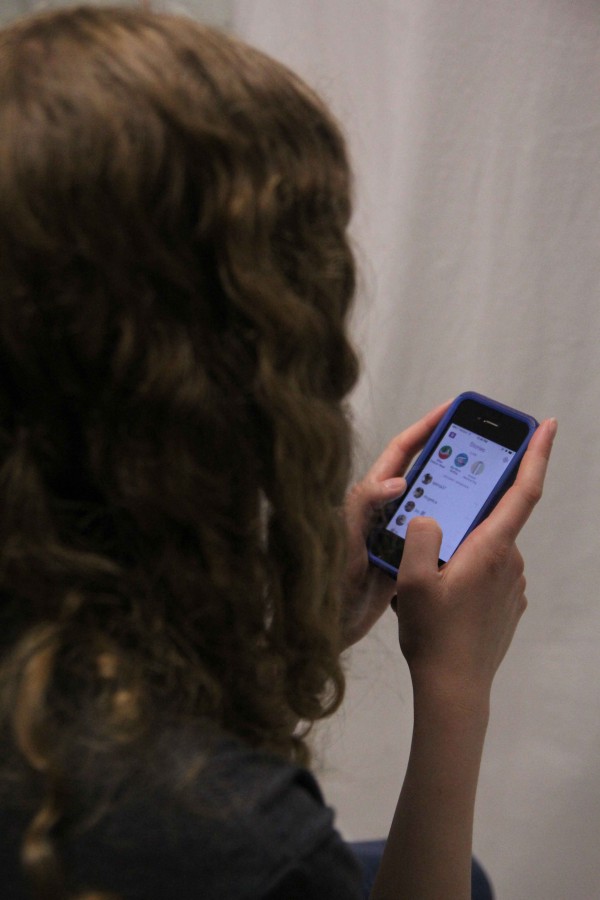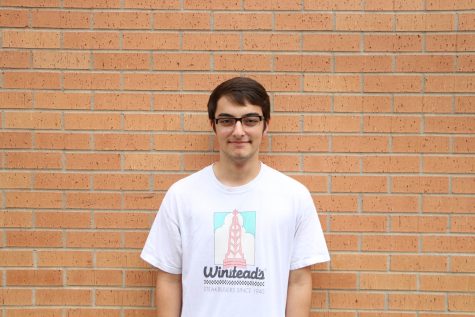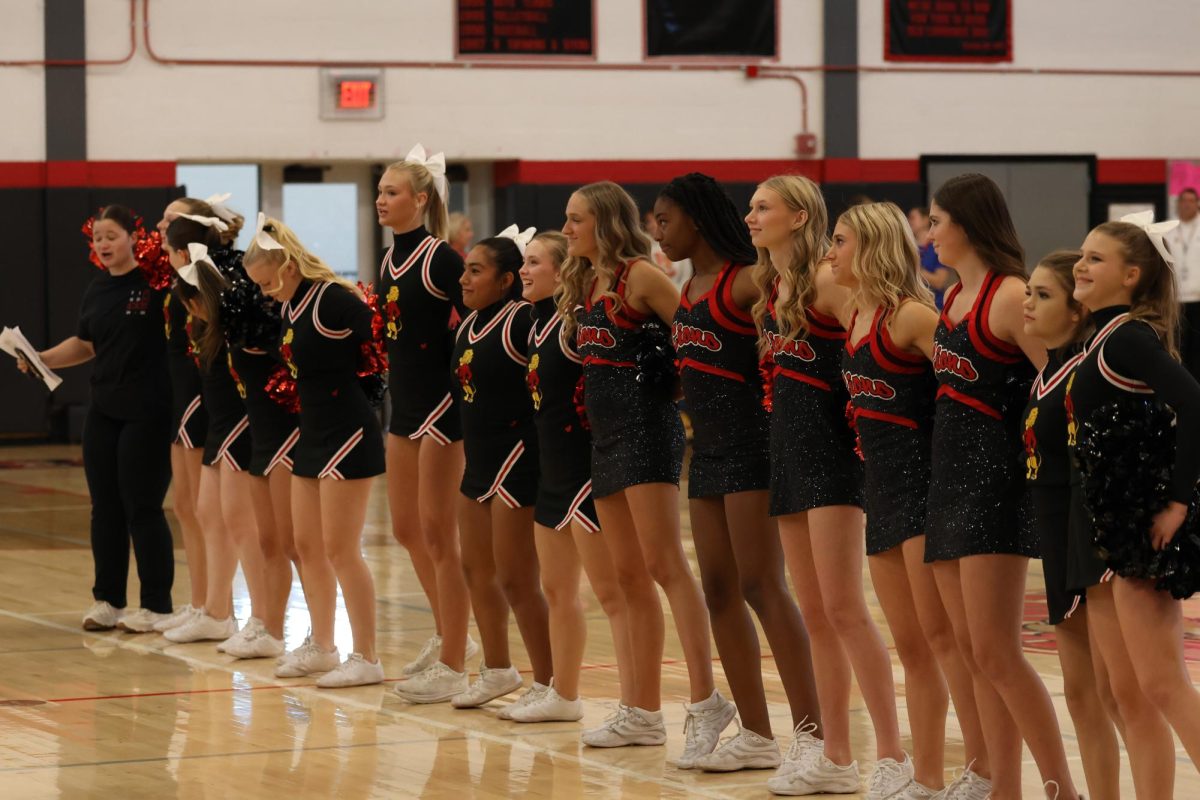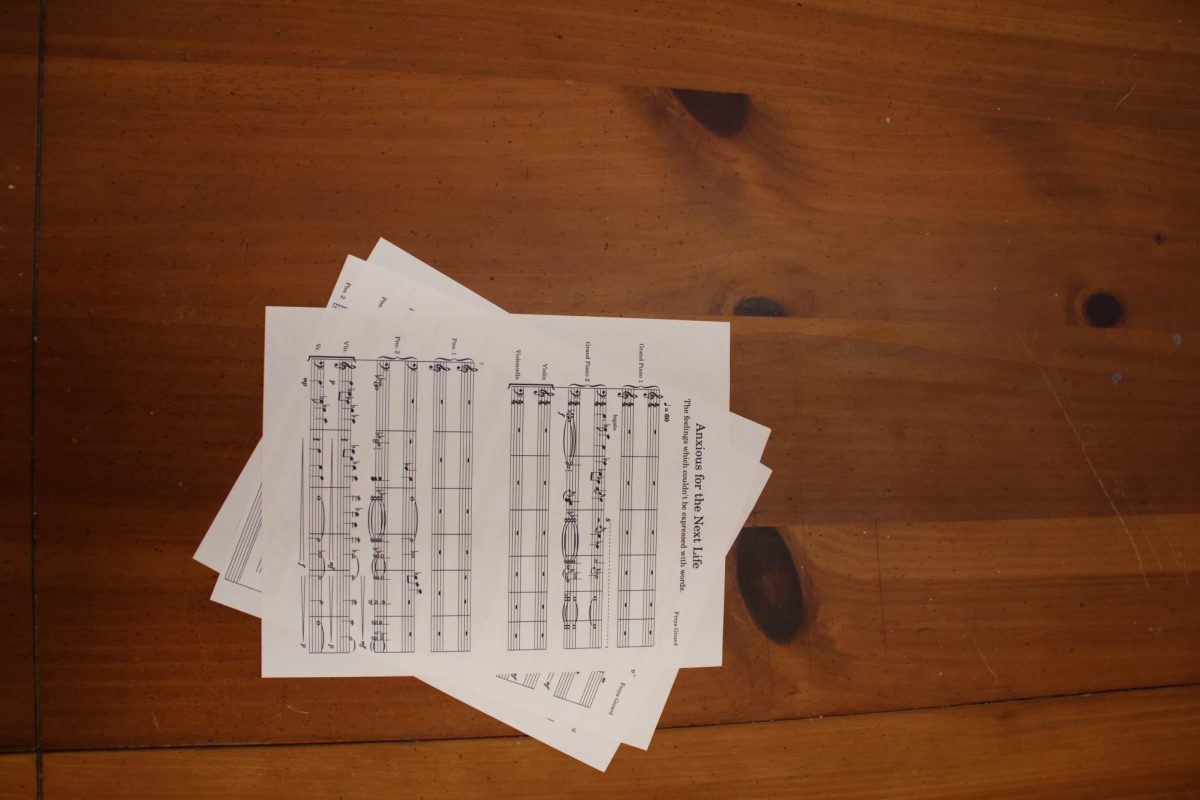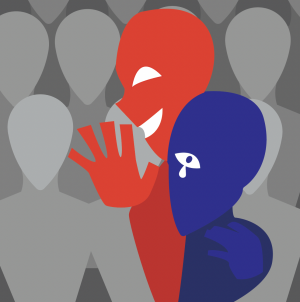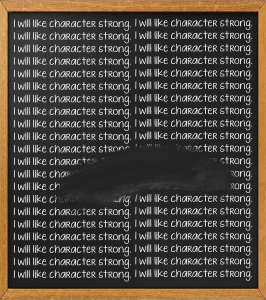Students affected by online harassment
District hosts social media nights to educate parents on dangers teens face online
Students around the school have bullied and/or been bullied through social media apps like Snapchat.
March 22, 2016
Jane was walking down the hall during passing period when John took an unsolicited Snapchat of her from behind. He circled her butt, added in heart-eye emojis and shared it with members of the student body.
Her name has been changed so she could speak candidly about her experience. When the anonymous junior, Jane, found out what happened, she was mortified.
“I found out through some people who were friends with him on Snapchat, and it really just made me feel objectified, embarrassed and kind of dirty,” she said.
Taking notice of the dangers of social media and the lack of education on them, the school district has implemented social media informational meetings at all four middle schools to educate parents and answer their questions.
“This is an issue that’s happening here,” Officer David Garcia from the Lawrence Police Department said at a meeting. “It’s not [just] a state or national issue, it’s stuff we’re seeing here in Lawrence.”
In these meetings, police officers and school officials like Denise Johnson, the Director of the Health and Wellness department in the school district, and Garcia discussed punishments and measures to take to keep students from different types of electronic harassment.
“It’s always going to depend on how the district attorney charges it,” Garcia said. “Broadly out there [child pornography is] a felony crime, it’s a minimum of 20 years, and they are registered as a lifetime sex offender.”
They advised parents to implement measures like having more conversations with students to be aware what they’re doing, approving and reviewing accounts, as well as messages, on all apps their students put on their phones, and tips and tricks parents can take for specific situations.
“As a parent you sit down with your kid and ask how their day was,” school resource officer Bill Bradford said. “You don’t settle [for] fine and nothing as an answer then maybe you can get a window into that [situation].”
Reluctant at the time, Jane did not immediately report the incident because she was afraid of what could happen.
“Last year, I did nothing,” she said. “I think I was just scared of what he would think of me. Now I understand that was not at all a compliment and that he is not at all a good guy.”
Such is common. Cases of harassment can go unnoticed because victims don’t want to bring it to the attention of authorities for fear of embarrassment, more harassment, or punishment.
In another case, Sarah was harassed by another student and his friends. Her name was changed to allow her to speak openly about the experience.
“His friends started commenting on my Instagram pictures,” Sarah said. “Then they added me in their group message…on Valentine’s day. They just kept making jokes that I didn’t think were funny.”
But because of the situation Sarah is in, she believes it would be better to deal with the harassment than report it and receive help.
“I didn’t see that coming, them attacking me like that,” she said. “Maybe they were just joking around, but I still feel offended.”
Bradford said harassment can have negative effects that outlast the time of the incident.
“I don’t look at social media any differently now but I do dress myself differently,” Jane said. “I haven’t worn leggings to school at all this year without double checking that my butt is totally covered.”
The risks of electronic devices also involve harmful situations like coming into contact with sexual predators online, giving out too much personal information and jeopardizing future opportunities because of posts.
“Everyday somebody’s getting fired [because of] social media,” Bradford said. “Something they put on Twitter, something they put on Facebook, or a video they posted that they thought was kind of funny but their employer thought was pretty negative and reflected bad upon the company.”
While the school gets involved and helps resolve issues as much as it can, there are limitations on how they can intervene and help, because many problems take place outside of school.
“It would depend on how it affects the school environment and whether it occurred at school.” Bradford said.
Because of all the limitations and details that go into solving these issues, the best course of action school officials and SRO’s recommend is to kill the problem before it happens.
“Once you click send you can’t get it back,” Bradford said. “So before you send, take a deep breath, think about it, read it back to yourself, and if you get the inkling that it might not be a good idea to do what you were doing, then don’t do it.”
Though social media has helped the world in many aspects, many realize its power as a tool for bullying others and understand the need to combat the issue.
“I love social media, but harassment on social media is a real issue,” Jane said. “It’s catcalling, but the attacker can hide behind their phones. To a person being harassed on any social media site, I would tell them to speak up. Confronting the harasser face to face will embarrass them, and hopefully ensure that they never do it again.”



